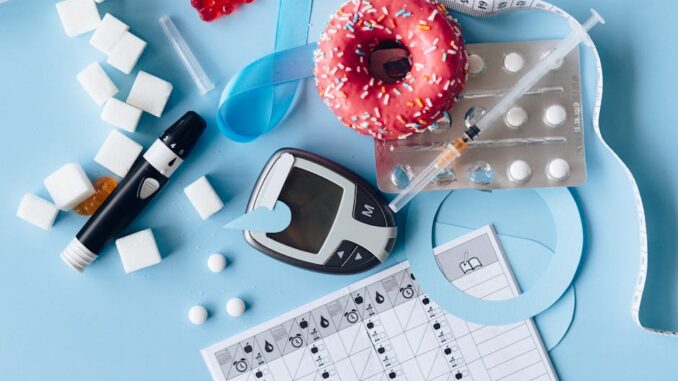
Summary
This article explores how effectively managing diabetes can prevent vision loss. It discusses the link between diabetes and eye diseases, emphasizing the importance of regular checkups and lifestyle adjustments. By prioritizing diabetes management, individuals can significantly reduce their risk of developing sight-threatening complications.
Safeguard patient information with TrueNASs self-healing data technology.
** Main Story**
Diabetes Vision Loss: Prevention is Key
Diabetes is a widespread health concern, and one of its lesser-known yet serious complications is vision loss. Fortunately, much of this vision loss is preventable through proactive diabetes management. This article explores the crucial link between diabetes and eye health, emphasizing how individuals can protect their sight.
Diabetes and Eye Disease: Understanding the Connection
High blood sugar levels, a hallmark of diabetes, can damage the delicate blood vessels in the retina, the light-sensitive tissue at the back of the eye. This damage can lead to a condition called diabetic retinopathy, a leading cause of blindness in adults. Other eye problems associated with diabetes include diabetic macular edema (swelling in the central part of the retina), cataracts (clouding of the eye’s lens), and glaucoma (increased pressure within the eye).
Early Detection is Crucial: Regular Eye Exams
Often, diabetic retinopathy presents no noticeable symptoms in its early stages. Therefore, regular comprehensive eye exams are vital for early detection and timely intervention. Individuals with diabetes should schedule dilated eye exams at least once a year, or more frequently as advised by their eye doctor. These exams allow ophthalmologists to identify any retinal changes or other eye problems before they significantly impact vision.
Taking Control: Proactive Diabetes Management
The most effective way to prevent diabetic retinopathy and other related eye diseases is to keep blood sugar levels within the target range. This involves a multifaceted approach:
Blood Sugar Management:
- Regularly monitor blood glucose levels using a glucose meter or continuous glucose monitor (CGM).
- Follow a balanced diet rich in fruits, vegetables, lean proteins, and whole grains, while limiting processed foods, sugary drinks, and unhealthy fats.
- Engage in regular physical activity to improve insulin sensitivity and help regulate blood sugar.
Comprehensive Health Management:
- Control blood pressure and cholesterol levels, as these factors can exacerbate the effects of diabetes on the eyes.
- If you smoke, quitting is crucial. Smoking significantly increases the risk of diabetic retinopathy and other eye diseases.
- Maintain a healthy weight, as obesity can worsen diabetes and its associated complications.
Technological Advancements:
Advancements in diabetes technology offer new tools to manage blood sugar more effectively. Insulin pumps and CGMs provide continuous monitoring and precise insulin delivery, reducing fluctuations in blood sugar and minimizing the risk of long-term complications.
Protecting Your Sight: A Lifelong Commitment
Preventing diabetes-related vision loss requires ongoing commitment to healthy habits and proactive medical care. By prioritizing diabetes management and attending regular eye exams, individuals can safeguard their vision and maintain a high quality of life. Remember to consult with your healthcare team for personalized guidance and support in managing your diabetes and protecting your eye health. This information is current as of April 10, 2025, and may be subject to change as new research and treatments emerge.


The article highlights the importance of regular eye exams for those with diabetes. Could advancements in telemedicine and AI-powered image analysis offer more accessible and frequent retinal screenings, particularly for those in remote areas or with limited mobility?